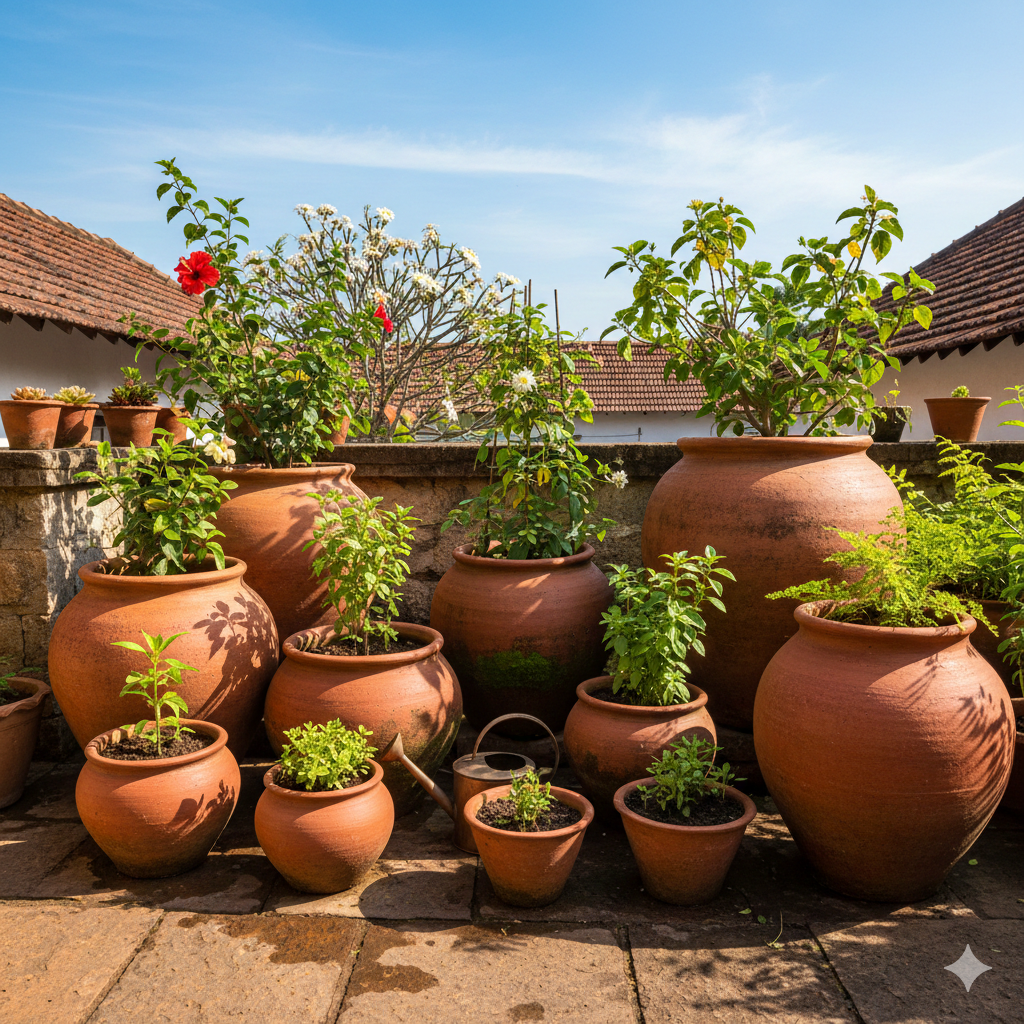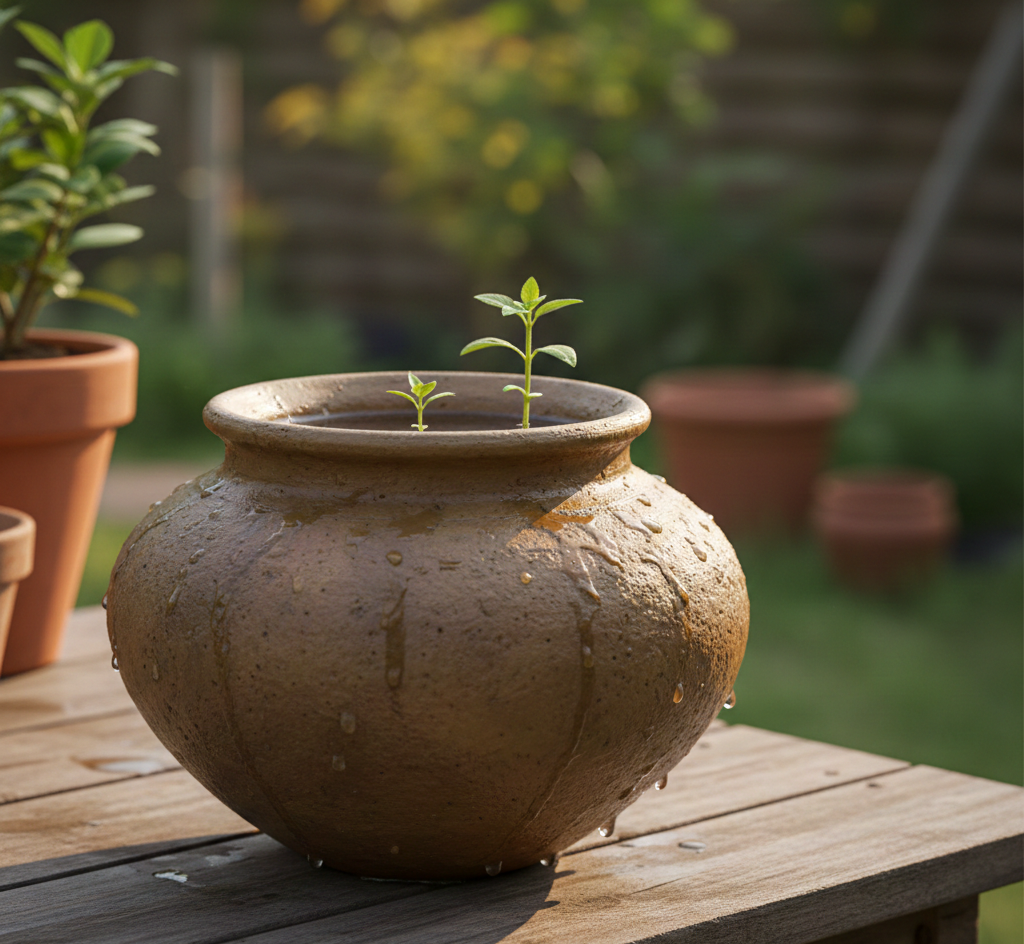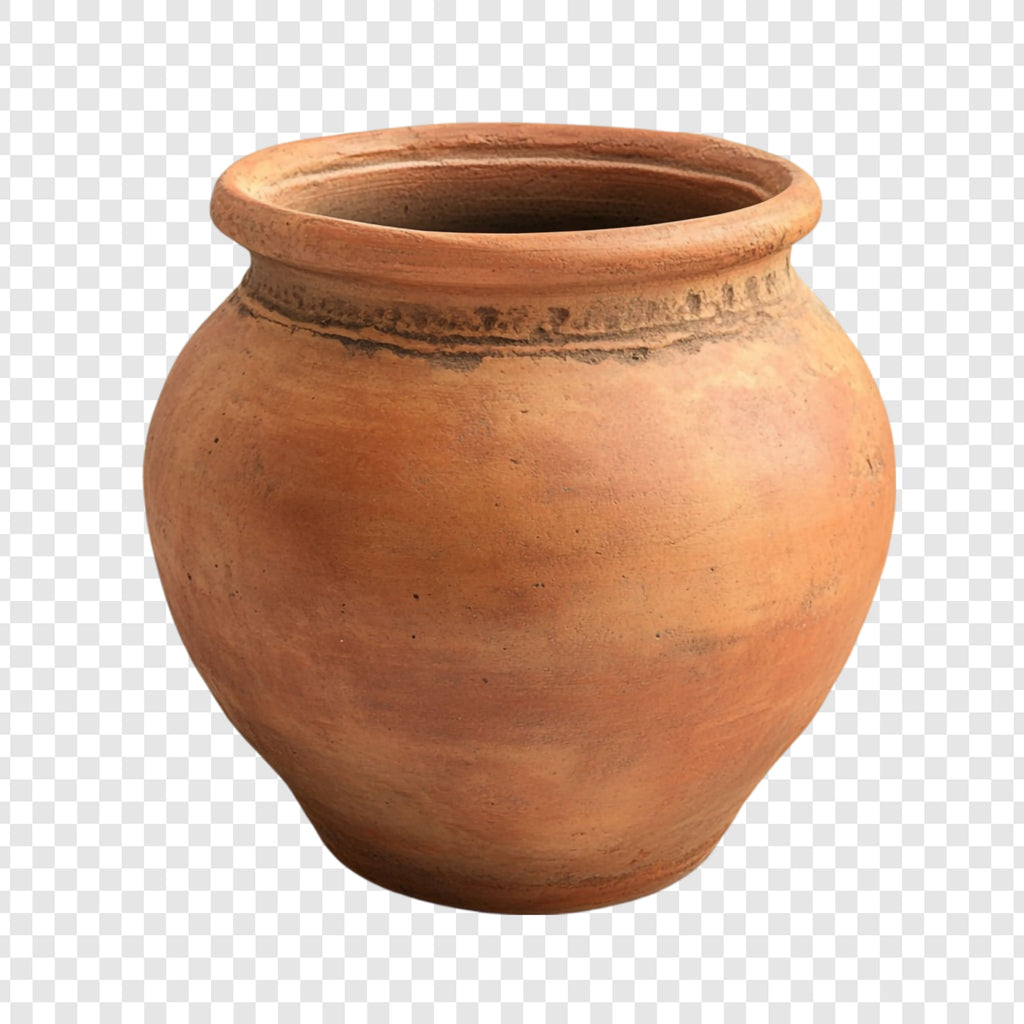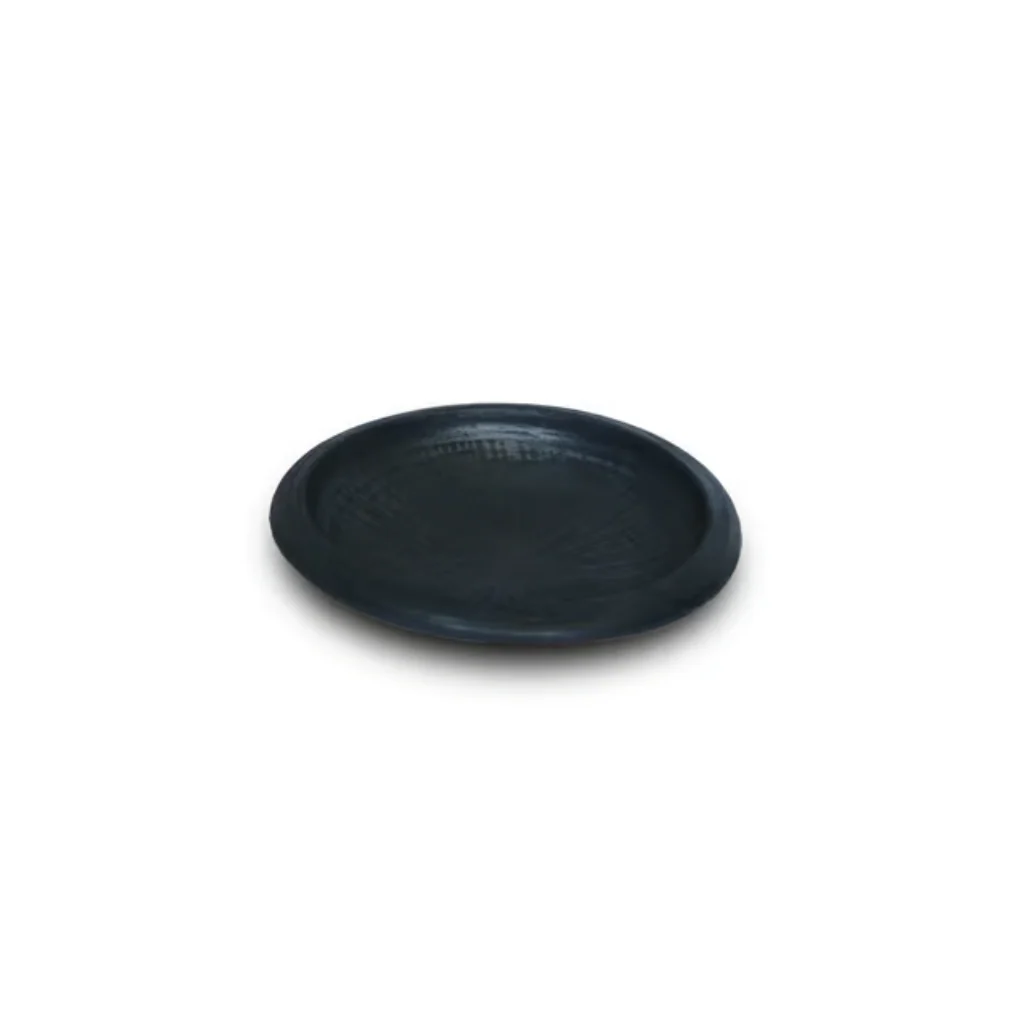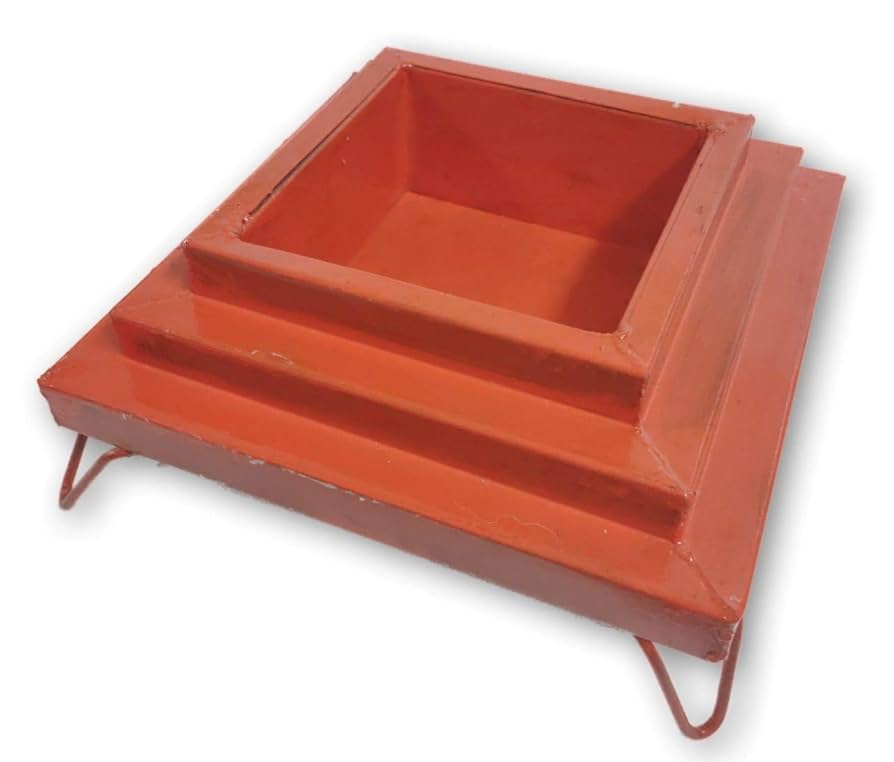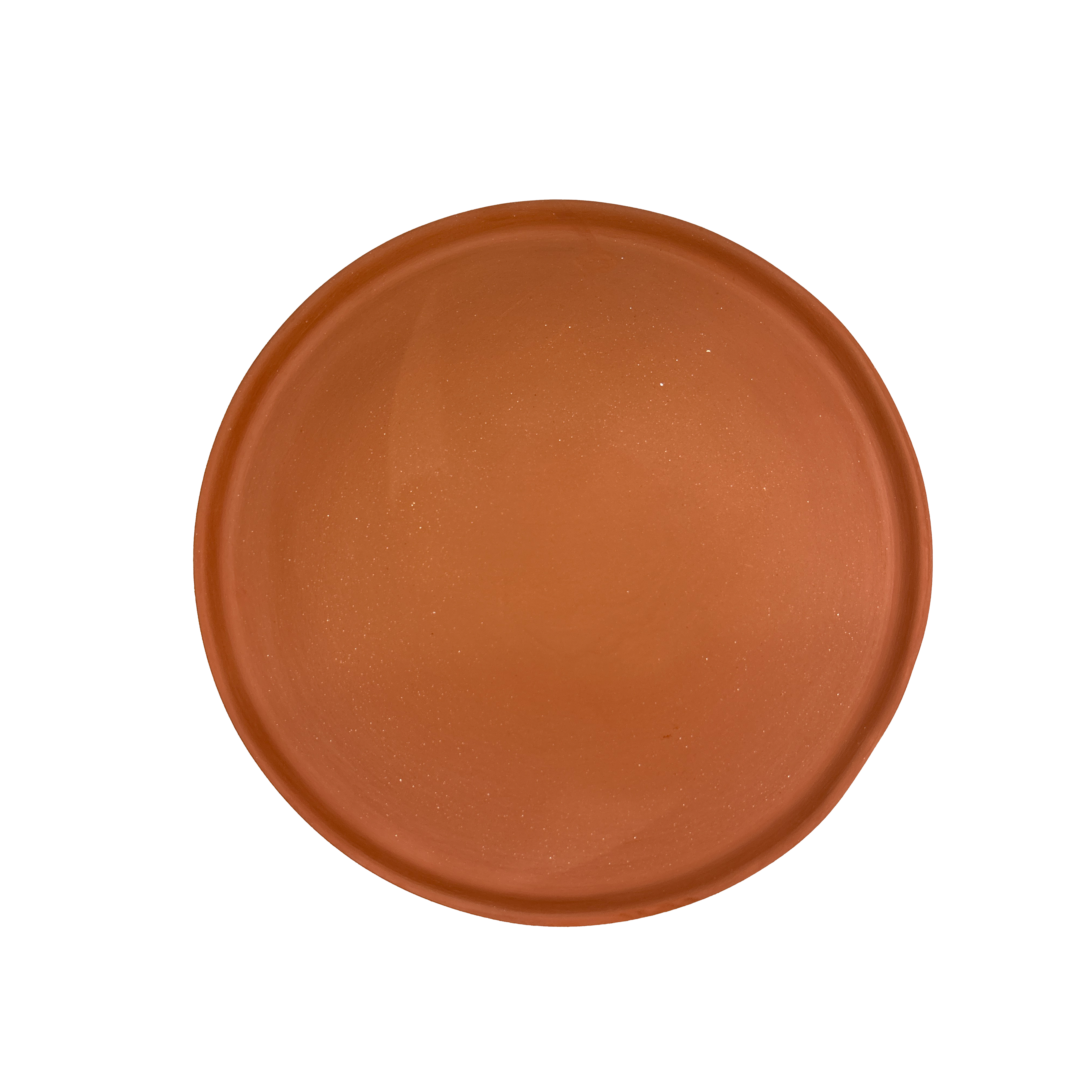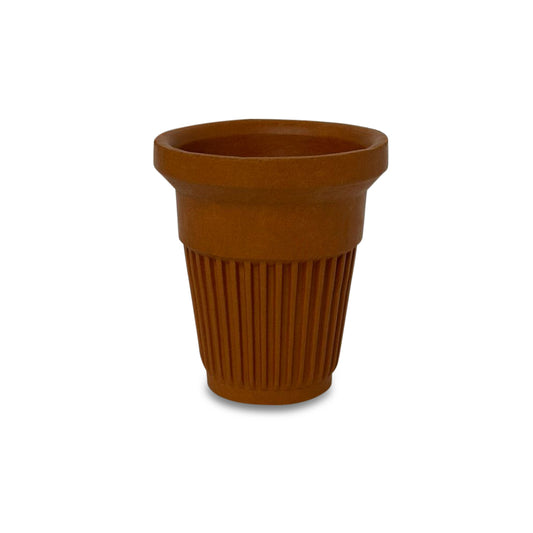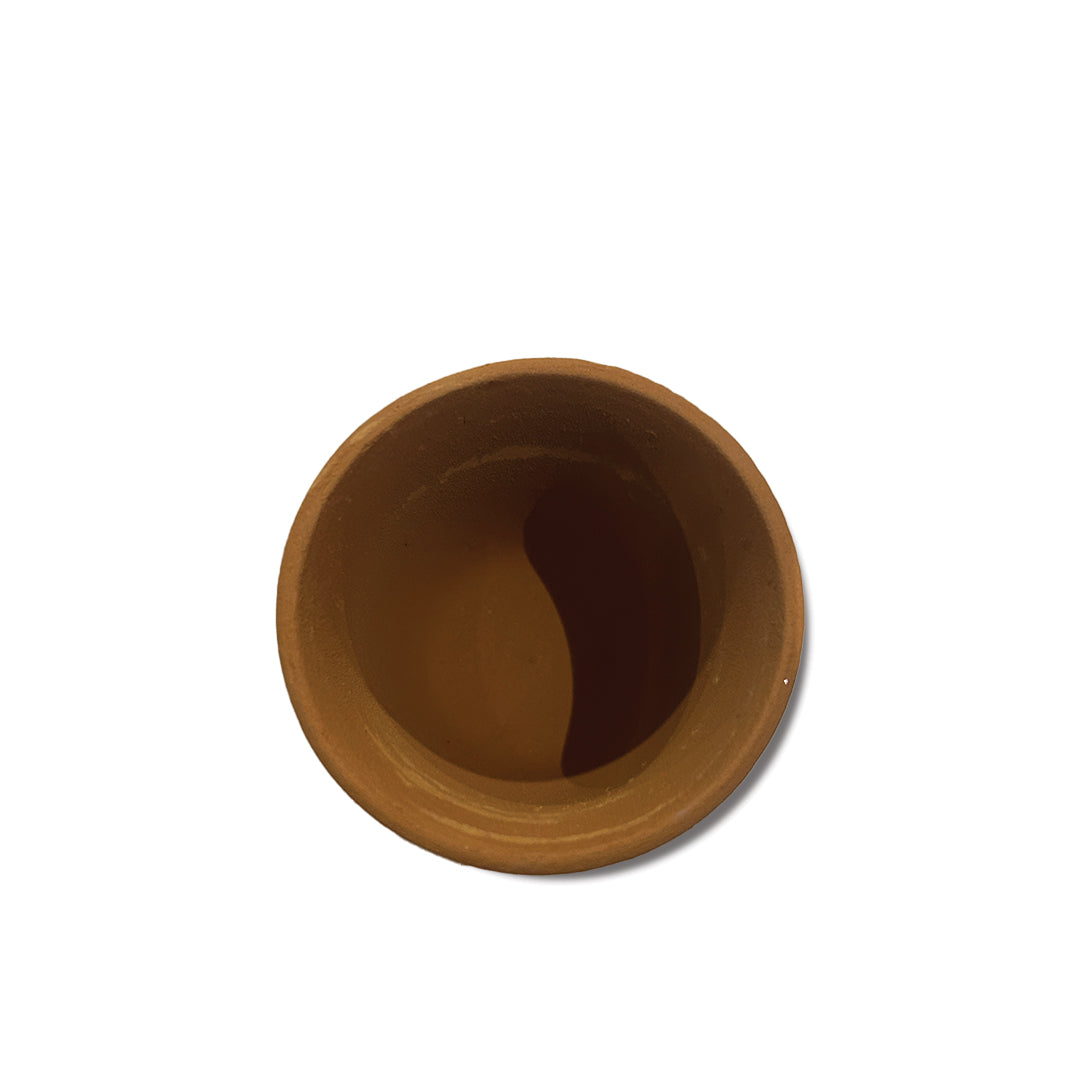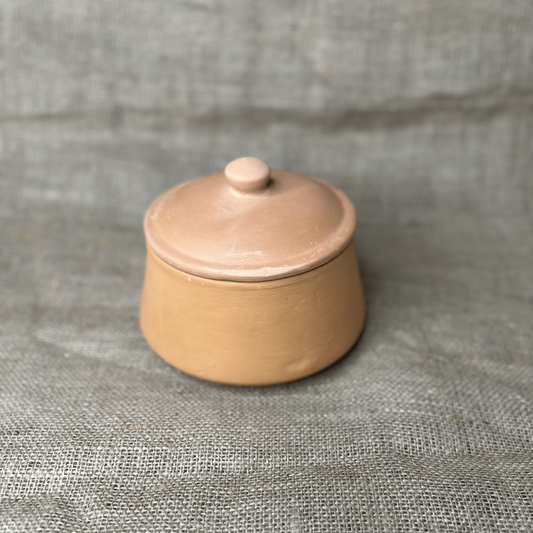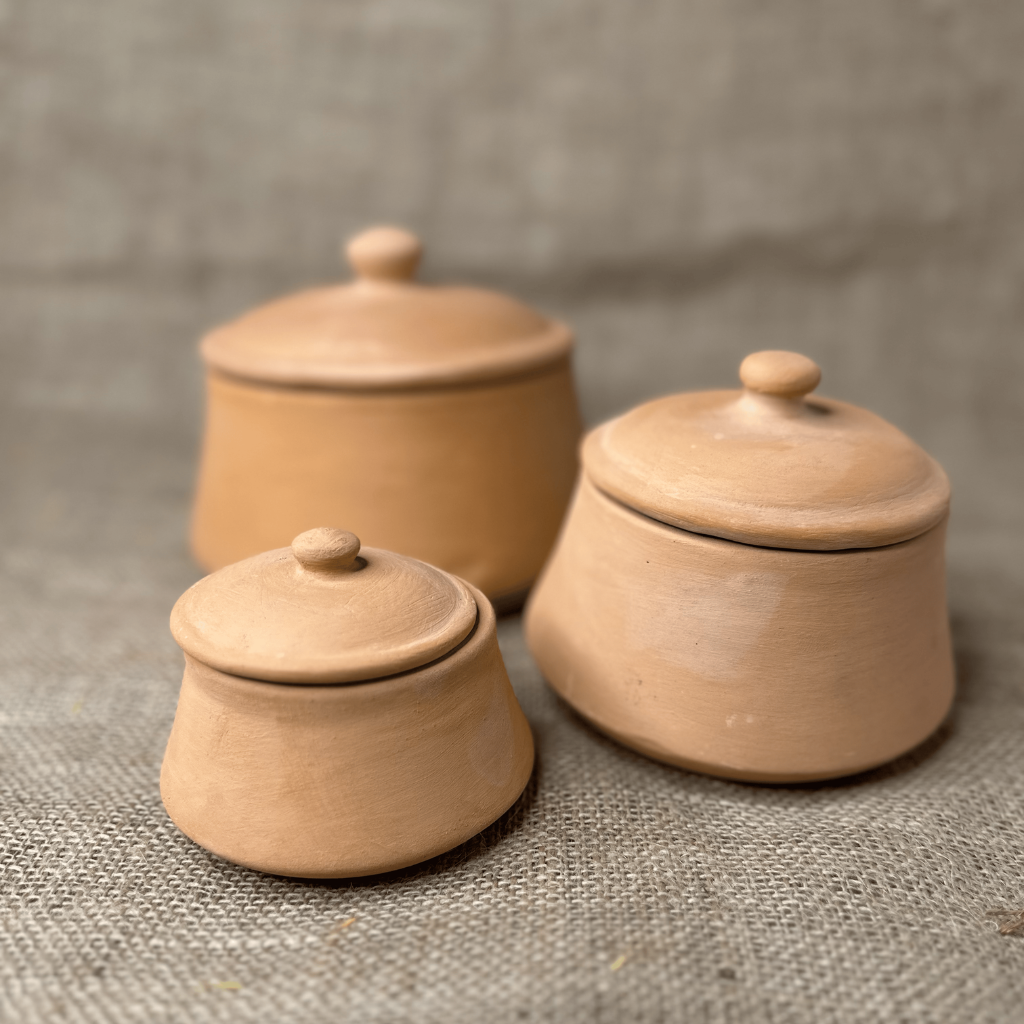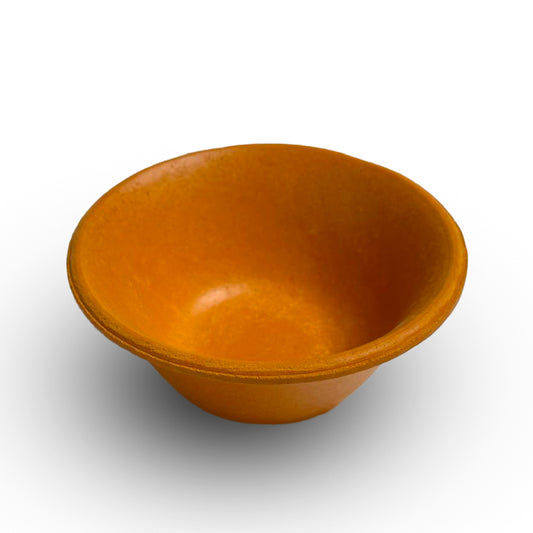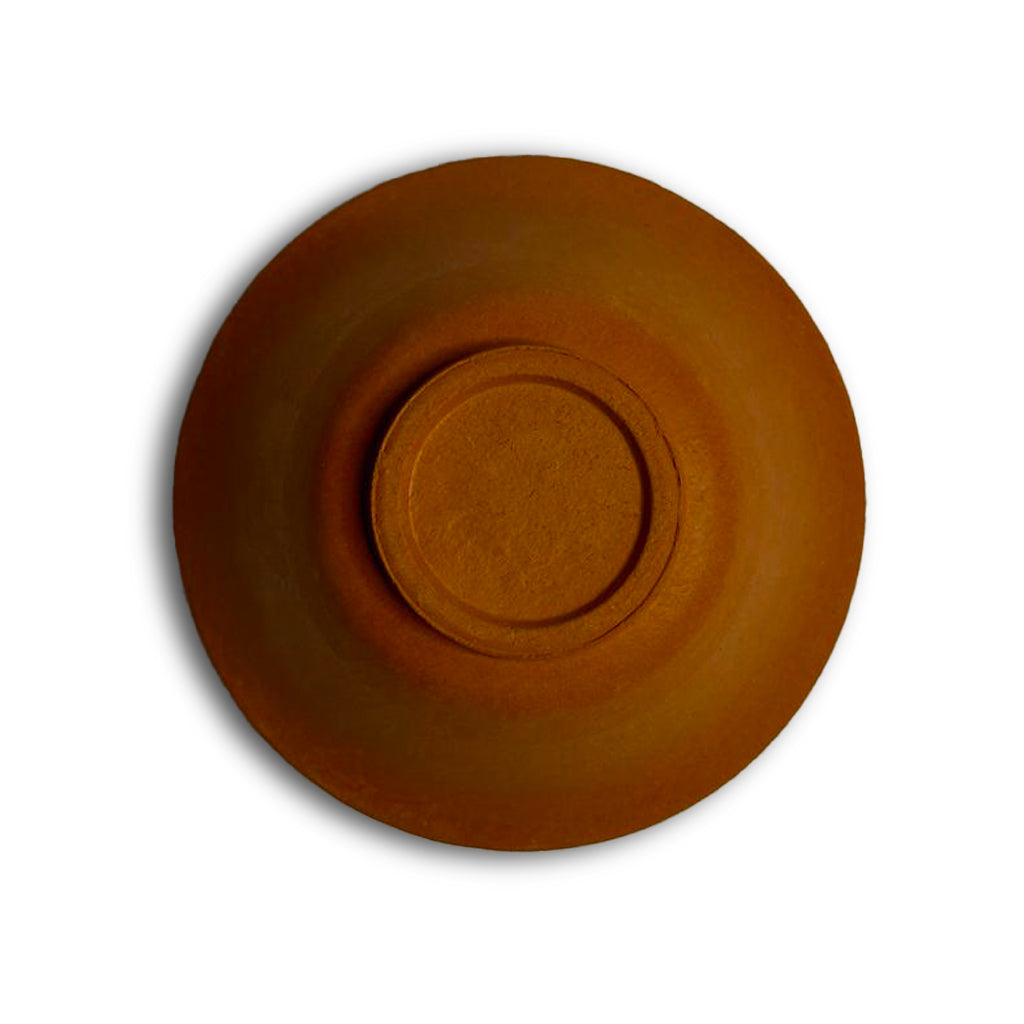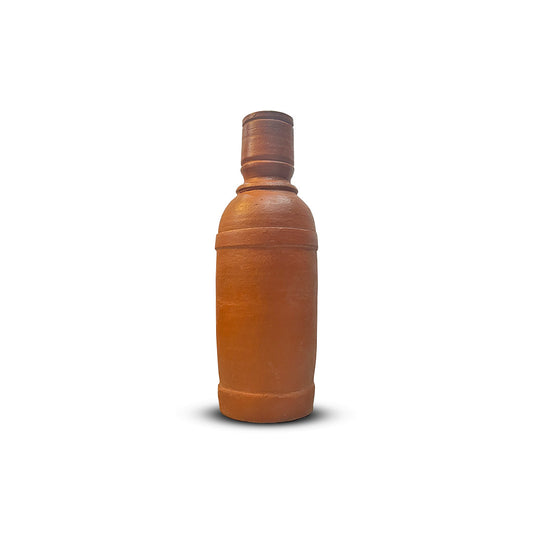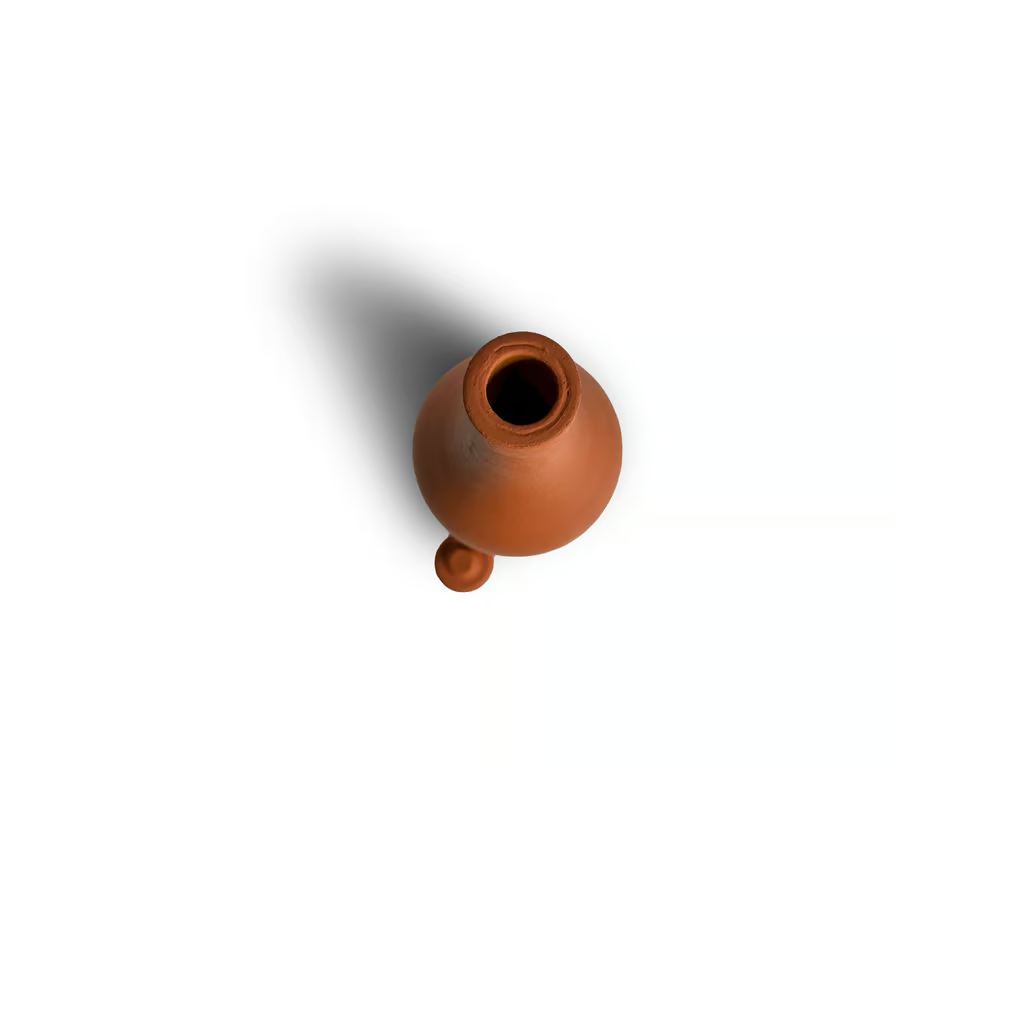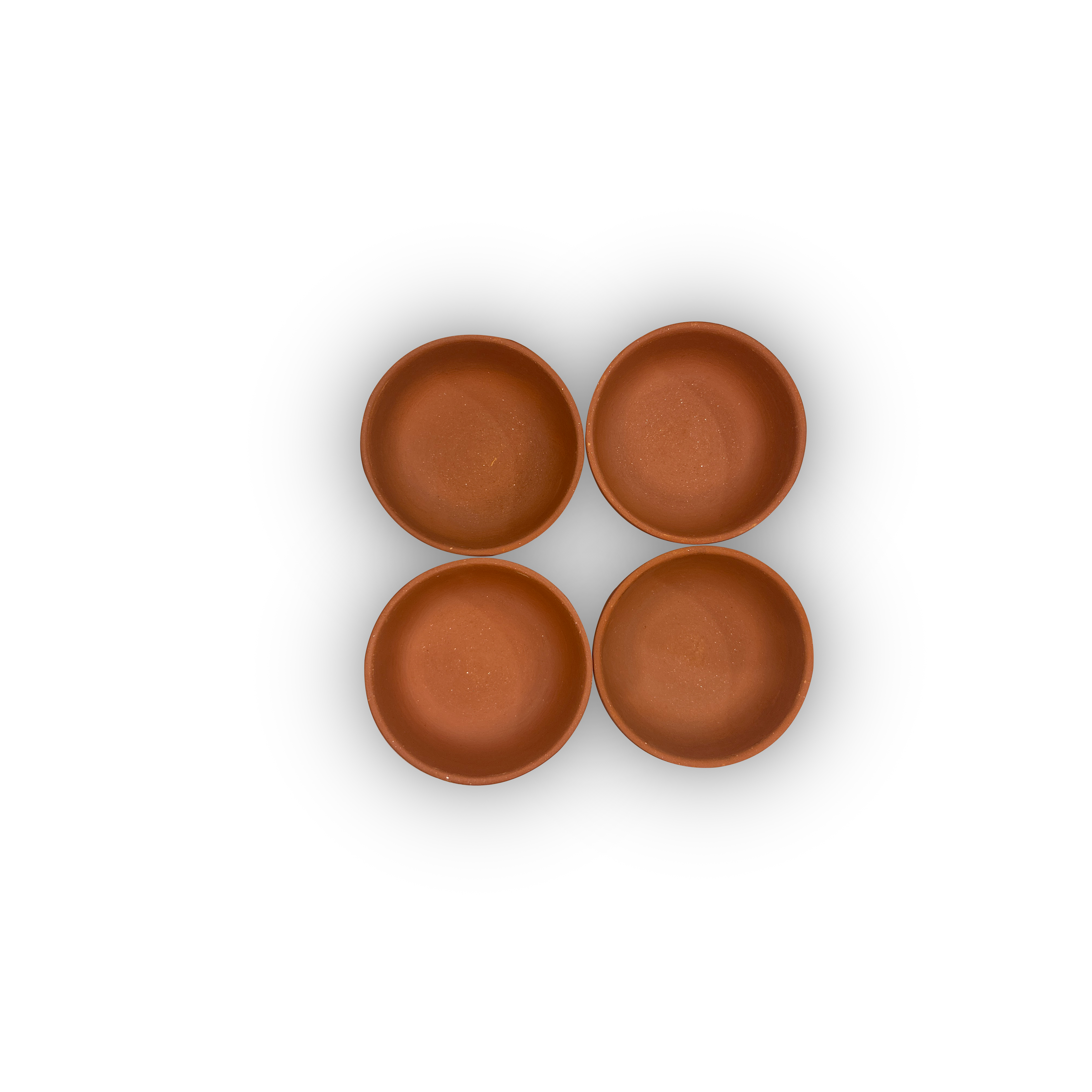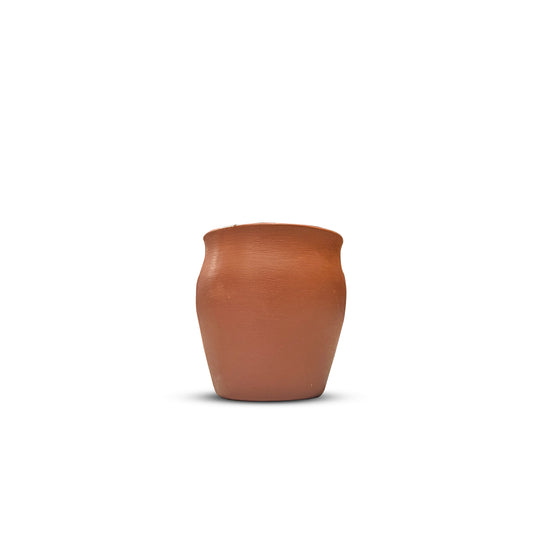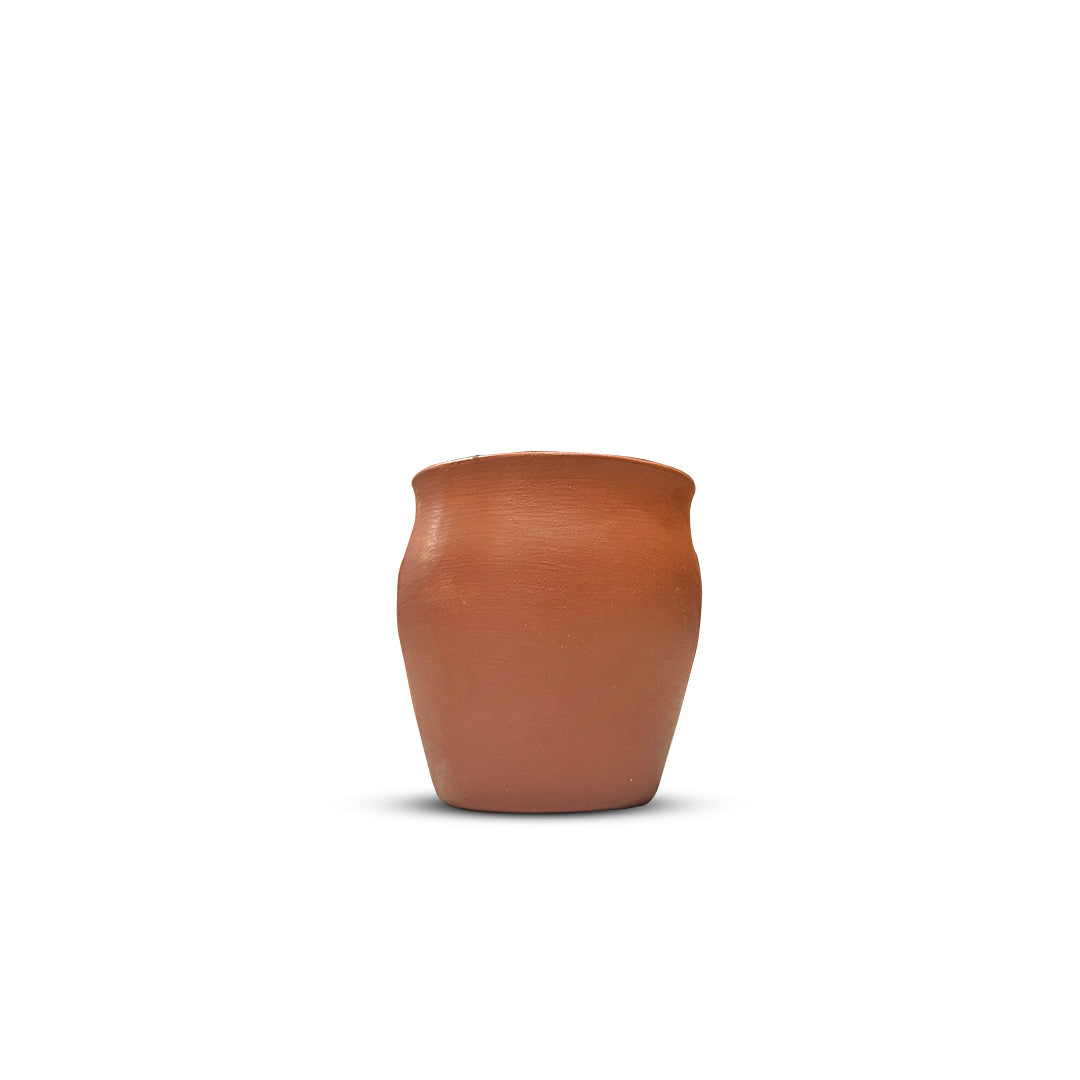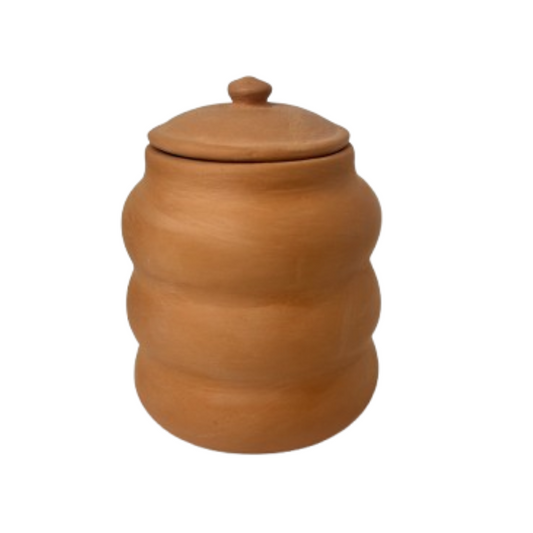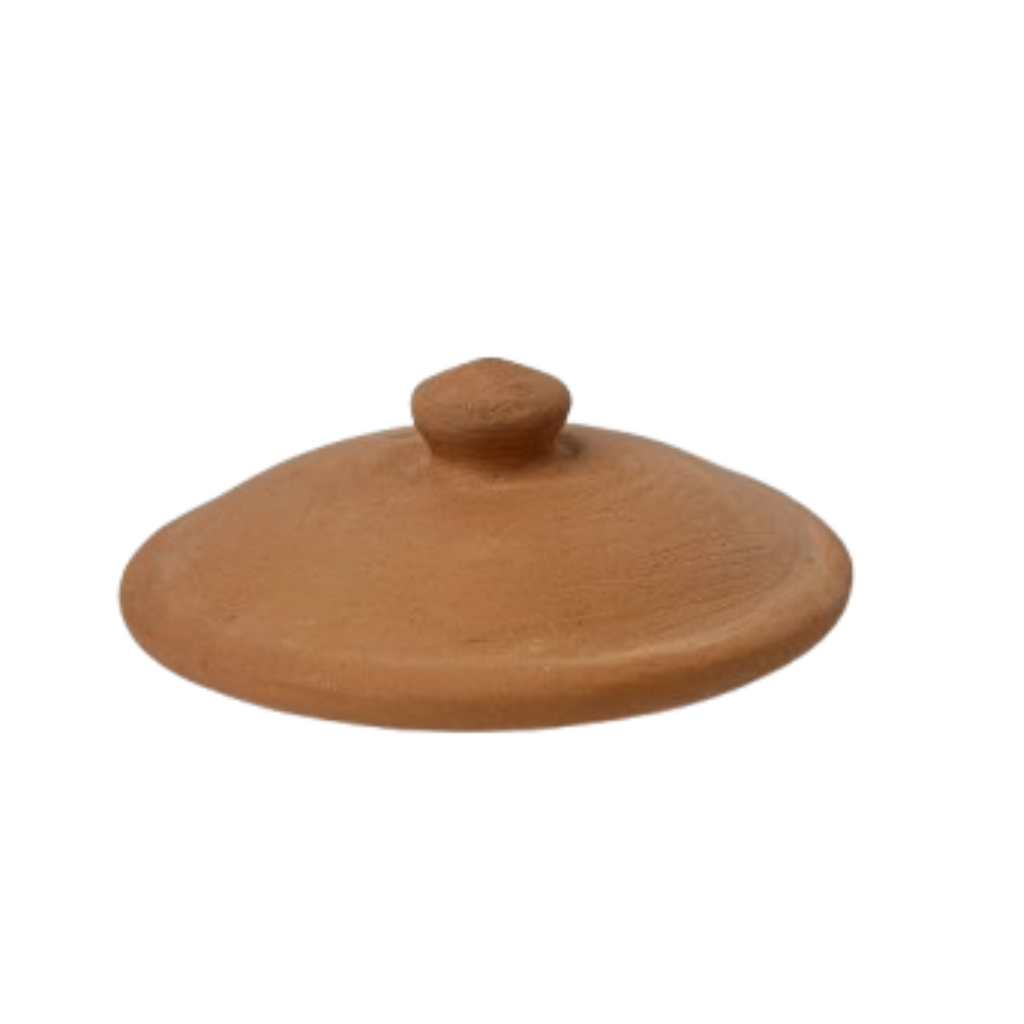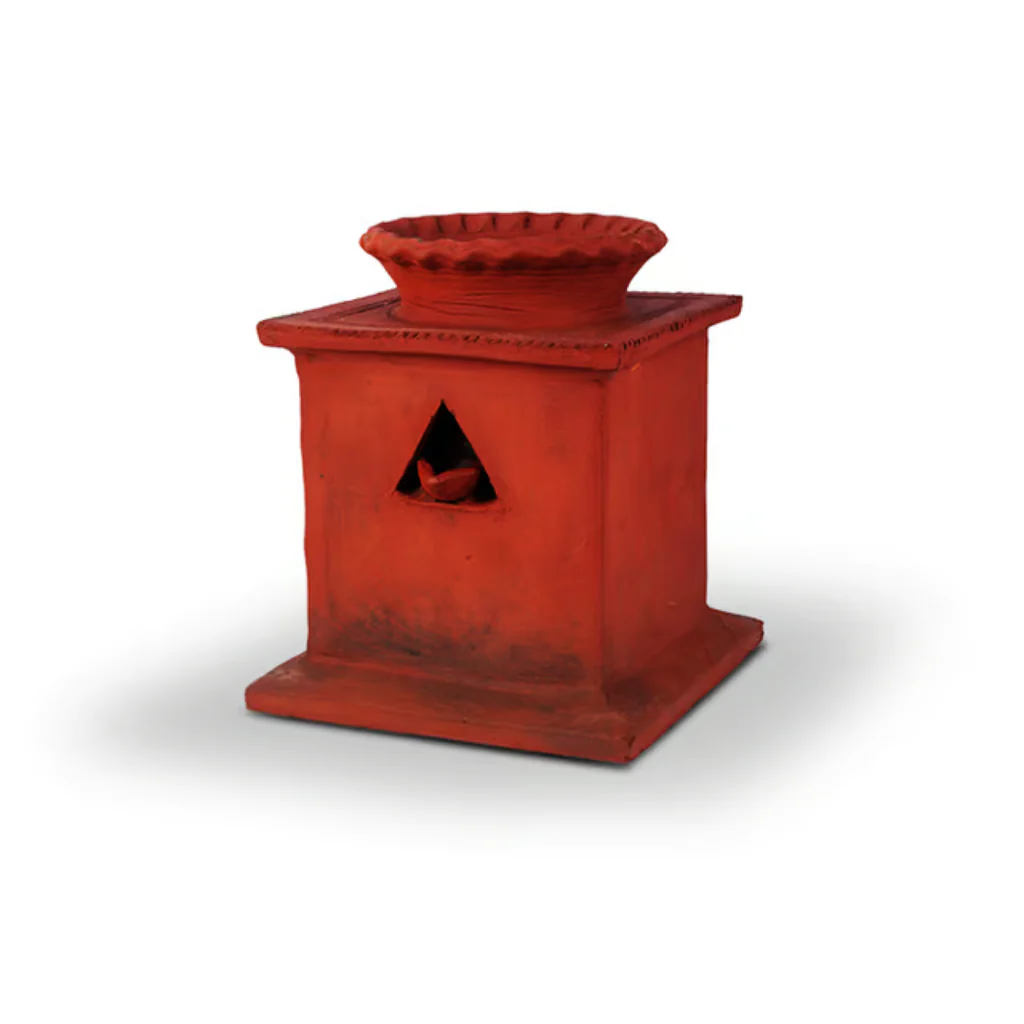
How to Take Care of Your Tulsi Plant in a Terracotta Pot?

There’s something timeless about a tulsi plant sitting gracefully in a terracotta tulsi pot. It’s not just about tradition. It’s about the calming presence, the fragrance in the morning air, and the gentle reminder to slow down. Whether you’ve placed it near your window or in the courtyard, caring for tulsi is more than watering a plant, it’s nurturing a way of life.
But tulsi, despite its resilience, thrives only when it’s truly understood. If you've chosen a terracotta tulsi pot, you’re already giving it a strong start. The porous nature of terracotta allows roots to breathe, prevents water stagnation, and keeps the soil cool, mimicking the natural environment tulsi loves. Here’s how to keep your tulsi healthy, vibrant, and deeply rooted in your daily rituals.
1. Choose the Right Spot
Tulsi is a sun-seeker. It flourishes in places where it can soak in at least 4 to 6 hours of sunlight each day. That makes your balcony, windowsill, or open courtyard ideal. A terracotta tulsi pot placed here does more than just hold the plant. It regulates temperature, ensuring the roots don't overheat even during peak summer.
If you're growing tulsi indoors, make sure to rotate the pot occasionally. That way, every part of the plant receives equal sunlight, keeping it symmetrical and lush.
2. Watering at Right Intervals
One of the most common mistakes? Overwatering. Tulsi doesn’t like soggy roots. Water it only when the top layer of soil feels dry to the touch. The beauty of a terracotta tulsi pot is that it absorbs excess moisture and allows it to evaporate, protecting the roots from rotting.
In summer, tulsi might need watering every day or every alternate day. In cooler months, cut back. If you see the leaves drooping, it could mean too much water, or too little. Pause, observe, and adjust.
3. Soil and Nutrition
Tulsi prefers well-drained, slightly alkaline soil. You can use a mix of garden soil, sand, and compost in equal parts. The terracotta tulsi pot helps maintain a healthy balance in the soil’s pH and texture, but the nutrients still need a boost from time to time.
Add homemade compost or vermicompost once every 15 – 20 days. Avoid chemical fertilizers. Tulsi responds better to organic matter—things like banana peel compost, dried neem powder, or even diluted buttermilk once in a while.
4. Prune with Purpose
Regular pruning encourages new growth. Once your tulsi plant is about 8–10 inches tall, start pinching off the top leaves. Not only does this prevent the plant from getting leggy, it also keeps it bushy and full.
Don’t hesitate to remove yellowing or dry leaves. The goal is to keep the energy flowing to healthy parts. A terracotta tulsi pot keeps the roots grounded and cool, but your trimming hands guide the shape and spirit of the plant.
5. Protect from Pests and Harsh Weather
While tulsi is hardy, it’s not immune to pests. Aphids, mealybugs, and whiteflies may occasionally show up. An easy solution is to spray a mix of neem oil and water on the leaves. It keeps pests at bay without harming the plant.
Heavy rains? Frosty nights? Bring the terracotta tulsi pot indoors or place it under a shade. Terracotta is strong, but sudden temperature shifts can cause cracks. So always lift the pot slightly off the ground using bricks or a stand. This reduces water absorption from below and keeps your tulsi safe from dampness.
6. Mind the Pot
Over time, terracotta pots can develop a white layer on the outside. That’s natural, it’s a mix of minerals from water and soil. You can clean it with a brush dipped in vinegar and water if needed. But truth be told, many gardeners leave it as is. It adds character, a sign of life being nurtured.
If you notice roots peeking out from the drainage hole or the plant feeling too snug, it’s time to repot. Choose a slightly bigger terracotta tulsi pot, refresh the soil, and gently transplant.
7. Connect with the Plant
This might not sound technical, but it matters. Tulsi responds to your presence. Speak to it, offer water with intention, pluck leaves with respect. This isn’t superstition, it’s a relationship. When you care deeply, you start noticing the small things: a new sprout, a happy fragrance, a leaf turning inward.
Growing tulsi in a terracotta tulsi pot is about creating harmony. The pot, with its earthy touch and breathable form, complements the sacredness of the plant. It’s where nature meets culture, and simplicity meets purpose.
Watch Your Tulsi Grow in a Terracotta Pot
Tulsi isn’t just another plant in the corner. It’s a living tradition, a healer, and a silent observer of your everyday life. When placed in a terracotta tulsi pot, its roots breathe deeper, its leaves shine brighter, and its presence feels more grounded.
Take the time. Watch it grow. Learn its rhythm. Because in caring for tulsi, you're also caring for a quieter, more conscious part of yourself. Visit Mudkart!


